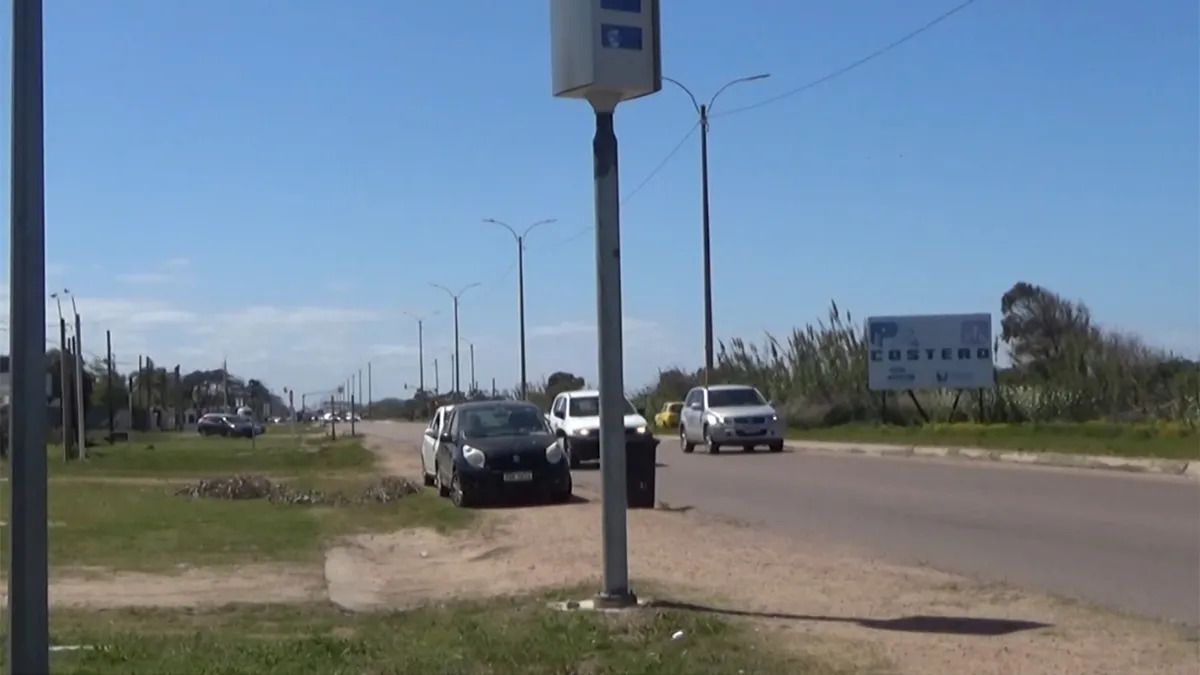He Single Vehicle Income Collection System (Sucive) published data on the number of fines for speeding, of which 200,000 more were issued than in 2022, adding up to a total of 448,114 last year throughout the country. Uruguay.
Of that total, the department with the most fines was Montevideo with a total of 225,245 violations. This is followed by Maldonado with 114,444 and cannelloni with 41,595 fines for speeding. Meanwhile, the department of Artigas He was the only one who did not fine any citizen for speeding.
In this sense, it is estimated that the total raised – between paid and pending violations – rise to a total of 3,500 million pesos, according to El País. Meanwhile, it is expected that this year the number of fines and their collection will remain at a similar level.
The government hopes to raise US$40M with the radars
In a context of complex collection for the State, the 112 new radars that were placed on the routes in the middle of the year could be a partial response to the need to increase income: the first projected calculations indicate that the annual collection from this system would be between 35 and 40 million dollars.
This was explained by the head of the MTOP, José Luis Falerobefore the Transportation Commission of the Chamber of Deputies, after the sanctions applied with the radar system began to be recorded on November 20 of last year. Although he could not yet confirm the amount with certainty, estimates indicate that level of income for the State coffers.
“At the moment we are working on everything that is notification system to be very transparent regarding the infringement, so that the offender is notified in advance. There are a series of aspects that we are closing now at the end of the year, such as the agreement we made with the Sucive to be able to pass the sanctions there,” said Falero, who estimated that after next February it will be possible to have “a clearer income outlook.”
“Now I can give you that big number (…) because there were many radars that were already placed by the ministry, but without fines, so, we had some identification of the infractions that were taking place but, obviously, we cannot have the certainty that they will continue to occur,” said the leader.
At the moment, and according to studies by the development bank Fonplata Based on data from municipalities and other organizations, “there is approximately one offender for every 150 vehicles.” “We estimate that it may be an accurate number according to the traffic volume that we have on our routes,” the minister commented in front of the legislative commission, which also clarified that the calculations have as a reference a maximum amount of 10 Resettable Units (UR)equivalent to 16,340 pesos per penalty.
“Hopefully they will go down and people will comply with the traffic regulations,” predicted the leader, but assured that beyond the fact that the number of fines may be reduced, “we always have contumacious offenders who are willing to pay the infraction and not comply with traffic regulations.
What will the money raised be used for?
As agreed in the last Accountability20% of the proceeds from radar fines will be allocated to the University Technological (UTEC), with a limit of 100 million pesos. During 2024, an amount of 20 million pesos will also be provided to acquire a magnetic resonator for the Veterinary Hospital of the University of the Republic (Udelar).
Added to this is another 10% of the annual revenue for the purchase of “security equipment and technological improvement” in the Ministry of Interbior.
All the rest would go to the “financing of concessioned road infrastructure works” through the National Corporation for Development (CND), as part of a guarantee before Fonplata. Falero explained that “if the quota is not covered, the Ministry of Economy would be the guarantor of the complement”, which represents a loan to be paid in ten years.
Source: Ambito




